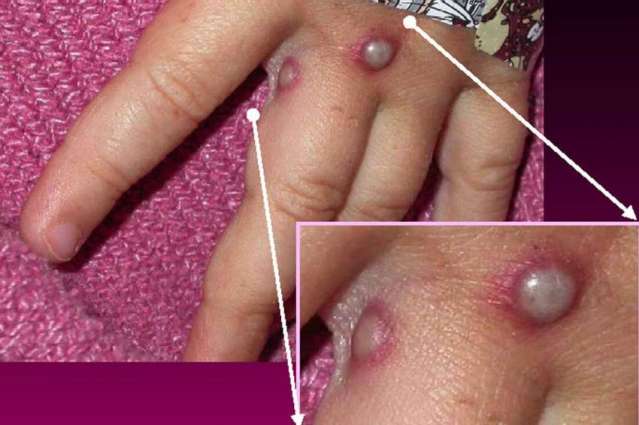The Russian Federal Service for the Oversight of Consumer Protection and Welfare (Rospotrebnadzor) said on Thursday that it has strengthened sanitary and quarantine control measures at the border to prevent the spread of monkeypox as several cases had been detected in the United Kingdom and other countries
MOSCOW (Pakistan Point News / Sputnik - 19th May, 2022) The Russian Federal Service for the Oversight of Consumer Protection and Welfare (Rospotrebnadzor) said on Thursday that it has strengthened sanitary and quarantine control measures at the border to prevent the spread of monkeypox as several cases had been detected in the United Kingdom and other countries.
On Wednesday, the UK Health Security Agency announced that so far nine individuals have been infected with monkeypox, with reports saying that several cases of the disease have also been registered in Spain, Portugal, and the United States.
"In order to prevent the spread of monkeypox on the territory of the Russian Federation, Rospotrebnadzor has reinforced sanitary and quarantine control measures at the border," the statement read.
Furthermore, the State Research Center of Virology and Biotechnology VECTOR, controlled by Rospotrebnadzor, has developed and tested autonomous monkeypox express tests for swift identification of potential cases. Meanwhile, Rospotrebnadzor is pursuing cooperation with international organizations and foreign countries to ensure a timely exchange of information about the development of epidemiological situation, the statement noted.
Monkeypox is a rare viral disease, which is usually transmitted to people from wild animals and predominantly occurs in African countries. Monkeypox can be transmitted from human to human through body fluids, respiratory droplets, and other contaminated materials. The disease usually results in fever, rash, and swollen lymph nodes, with case fatality rate ranging from 1% to 10%.




